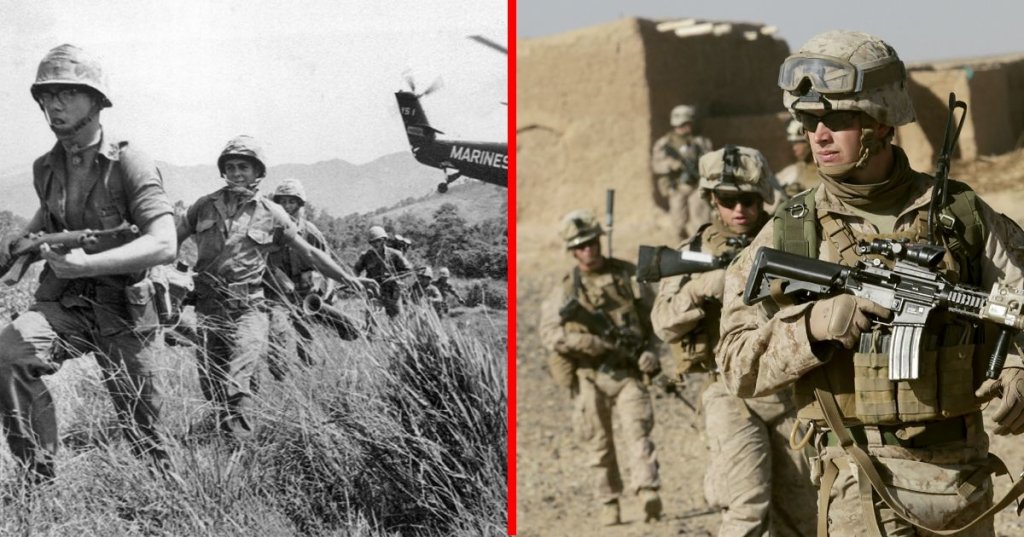

It’s no secret that America is pretty good at getting themselves involved in wars throughout the world. Historically, we haven’t been the best at coming up with an exit strategy for some of those conflicts, though.
The Vietnam War is considered one of the most politically charged military campaigns in our nation’s history as young men were drafted into service to fight against the spread of communism.
After the terrorist attacks on the World Trade Center, the U.S. embarked on an offensive to break up a network comprised of men that take the worship of the religion of Islam into extremism.
Related: This is what it was like fighting alongside Afghan troops
Although these campaigns took place in separate decades against very different adversaries, the similarities from the perspective of the ground forces are impeccable. History repeats itself. Here are four ways in which these two conflicts are the same.
4. For the most part, we didn’t trust our allies
In both wars, American forces were teamed up with local troops to help combat their common enemy. Many Vietnam and Afghanistan War vets have noted that their “friendly” counterparts often appeared distant and were known to have even protected the enemy at times.

3. We fought against an unmarked enemy
Many of the fighters the U.S. went up against in both campaigns were able to disappear as fast as they appeared. This ghostly advantage wasn’t the result of some magical vanishing act, but rather an ability to blend back into the local population — right out in the open.
Since most of the “disappearing act” fighters are from small guerilla militias or surrounding clans, they never wore any distinguishable uniforms, adding to their advantage.

2. The enemy could live below ground
The Viet Cong commonly used their well-engineered tunnels while the Taliban make use of caves in the mountains of Afghanistan.
These livable structures can house enemy combatants for extend periods of time and conceal deadly weapons.

Also Read: Here was the major problem with the South Vietnamese army
1. Our maps became outdated quickly
When enemy structures are mainly constructed from local vegetation and mud, they can be broken down just as fast as they’re built.
This characteristic makes them incredibly difficult to keep them documented. Map records and mission planning changed constantly.

